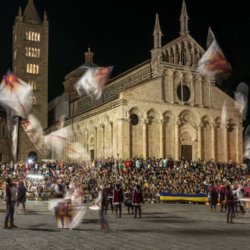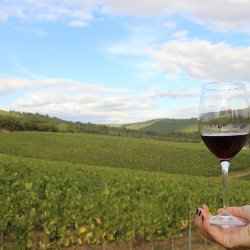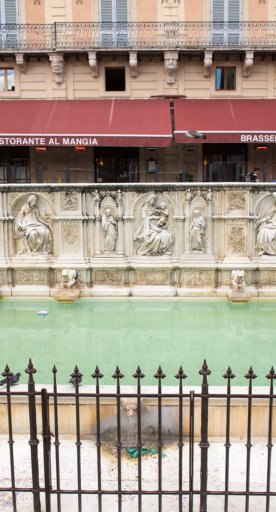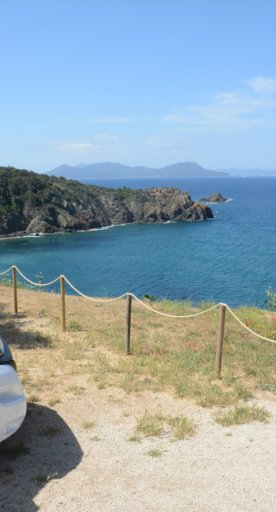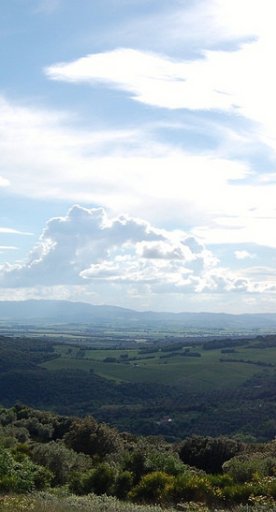Nestled on a high and isolated hill at 380 meters above sea level, the historic center of Massa Marittima stands enclosed within a well-preserved city wall.
The town has received the Orange Flag from the Touring Club and features many remnants of its medieval past, even if its origins are probably Etruscan.
The small roads that criss-cross the hill lead to a magical place where the harmony of elements amazes, surprises and brings you to contemplation.
The history of Massa Marittima is closely linked to the silver, copper and pyrite mines of the Metalliferous Hills, exploited since the early metal age and then in the Etruscan and medieval periods. The transfer of the bishop's seat - which was previously in Populonia - was an important factor in the development of the town. With him holding this position, the Castle of Monteregio lead to growth in the area.
Between the 13th and 14th centuries was the period of greatest economic, political, demographic and cultural splendor of the town, thanks to the wealth of the mineral basins. It became a free municipality in 1225.













